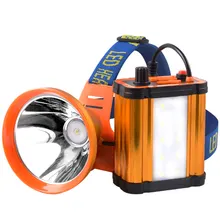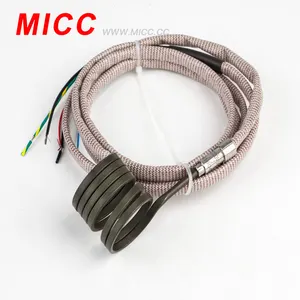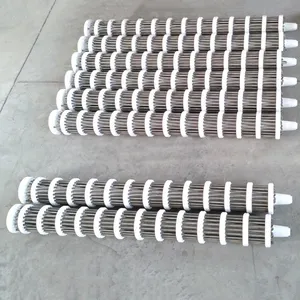Understanding Far Infrared Heating Tubes
Far infrared heating tubes are a specialized category of heating elements that operate on the principle of infrared radiation. Unlike conventional heating methods, these tubes emit far infrared energy, which is absorbed directly by objects and materials in their vicinity, providing efficient and direct warmth. This technology is utilized in various applications, from industrial processing to residential heating systems.
Types and Applications
There is a diverse range of far infrared heating tubes available, each designed to cater to specific needs. These tubes vary in size, wattage, and the spectrum of infrared they emit. Common types include quartz infrared heaters and ceramic infrared heaters, which are selected based on their intended application. For instance, ceramic variants are often used in outdoor heaters or industrial drying due to their robustness and long wavelength infrared output.
Features and Materials
The construction of far infrared heating tubes involves materials that are capable of withstanding high temperatures while maintaining consistent performance. Materials like quartz and ceramics are prevalent due to their excellent thermal properties. These tubes are designed to be energy-efficient, converting a high percentage of electrical energy into infrared heat, which minimizes energy wastage.
Advantages of Far Infrared Heating
The advantages of using far infrared heating tubes are manifold. They offer a form of heat that does not rely on convection, which means they can heat objects without warming the air, leading to efficient energy use. Additionally, these tubes provide a gentle, natural form of warmth akin to sunlight, which can be beneficial for both comfort and processes that require precise temperature control.
Selection Considerations
When selecting a far infrared heating tube, it is crucial to consider factors such as the specific wavelength of infrared required, the wattage, and the physical size of the tube. It is also important to match the tube to the voltage and current specifications of the existing system to ensure compatibility and safe operation.
Environmental Impact and Longevity
The environmental impact of far infrared heating tubes is an important consideration. These tubes are designed to have a longer lifespan compared to traditional heating elements, which reduces waste. Moreover, their ability to provide targeted heating can lead to lower overall energy consumption, contributing to a more sustainable operation.






































 浙公网安备 33010002000092号
浙公网安备 33010002000092号 浙B2-20120091-4
浙B2-20120091-4